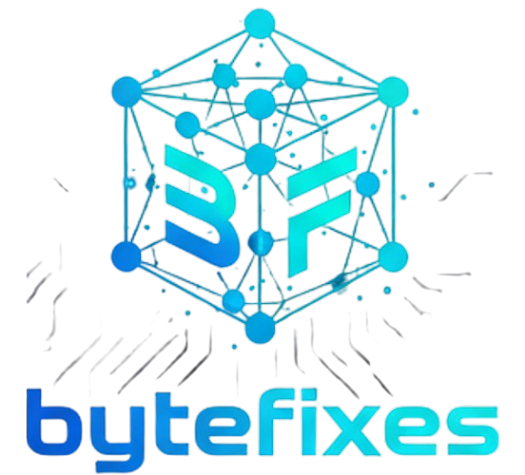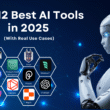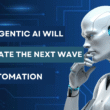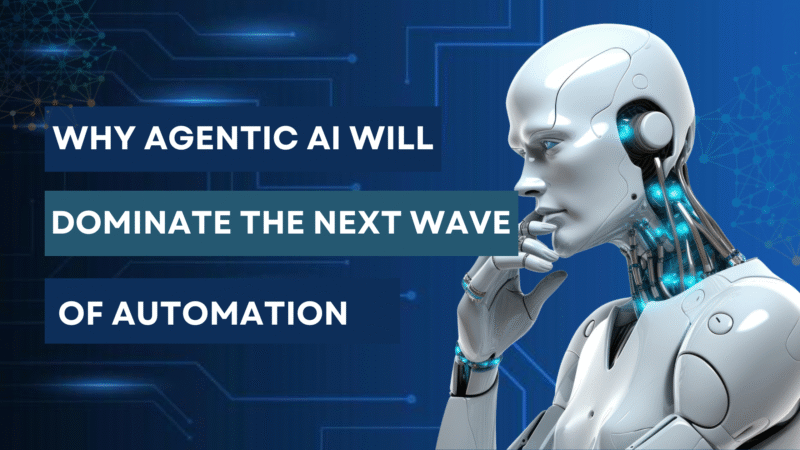Agentic Ai - Introduction
The automation landscape is shifting. As businesses grapple with increasing complexity, tighter deadlines, and higher customer expectations, a new kind of AI is ready to take over: Agentic AI. In 2025, Agentic AI will not just support tasks—it will autonomously plan, execute, and adapt entire workflows. This article explains why Agentic AI will dominate the next wave of automation in 2025, how it differs from earlier AI tools, and what companies must do to prepare.
Read more about Ai Automation.
What Is Agentic AI?
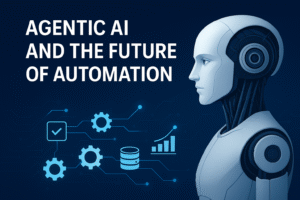
Before diving deeper, let’s define your focus on: Agentic AI refers to artificial intelligence systems that act with agency. Unlike traditional automation, which follows preset rules, Agentic AI can:
Identify goals or tasks on its own
Plan sequences of actions needed to achieve those goals
Make decisions when situations deviate from expected paths
Learn from results to improve future performance
Agentic AI is the intersection of autonomy, adaptability, and intelligence. It’s not just responding, but proactively thinking.
The Limitations of Traditional Automation
To understand why AI is emerging, let’s first look at what’s holding back traditional automation tools:
| Limitation | Description |
|---|---|
| Rigid rules and workflows | Most automation tools work only within clearly defined boundaries—if something unexpected happens, they fail. |
| Lack of adaptability | Traditional automation doesn’t generally learn from outcomes; every scenario must be pre-encoded. |
| High maintenance overhead | Because edge-cases are unpredictable, manual updates and patches are constantly needed. |
| Limited scalability | As operations grow, managing interdependencies between workflows becomes a nightmare. |
These limitations mean that businesses scaling rapidly, dealing with complexity, or operating in unpredictable environments frequently hit a wall.
Why 2025 is the Tipping Point for Agentic AI
Here are the trends converging to make Agentic AI not just possible—but necessary and dominant—by 2025:
Advances in generative and reinforcement learning
Recent breakthroughs in large language models (LLMs) and reinforcement learning enable systems that can plan, reason, and adapt. Agentic agents powered by these technologies are increasingly capable of handling uncertain environments.
Demand for faster decision-making
Real-time markets, evolving customer preferences, and just-in-time supply chains require decisions without delays. Agentic AI can reduce latency by acting autonomously rather than waiting for human input.
Scarcity of skilled labor + rising costs
As labor costs rise and skill gaps widen, companies are motivated to invest in AI systems that can take on more autonomous roles—doing more with less.
Cloud infrastructure & on-device AI improvements
More compute power, distributed systems, endpoint AI, and better connectivity make it feasible to deploy complex Agentic AI systems at scale, with high availability and low latency.
Regulatory and ethical frameworks catching up
Legal and ethical frameworks (fairness, transparency, accountability) are becoming clearer. As trust in AI improves, adoption will accelerate—and Agentic AI needs to satisfy E-E-A-T (Experience, Expertise, Authoritativeness, Trustworthiness) standards more than ever.
The Advantages this AI Will Bring
When Agentic AI becomes widespread, companies that adopt it early will enjoy several competitive advantages:
Operational efficiency: By automating not just tasks, but strategy, planning, and adaptation, Agentic AI reduces delays, minimizes human error, and lowers costs.
Scalability & flexibility: Agentic systems can scale across domains—customer service, supply chain, internal operations—and can pivot when business priorities shift.
Innovation acceleration: With AI agents innovating processes and workflows, companies can experiment faster, iterate more rapidly, and catch up to market shifts sooner.
Better customer experiences: Faster responses, personalized service, and fewer manual handoffs all translate into improved satisfaction and loyalty.
Potential Challenges & Risks
Agentic AI is powerful—but with great power comes risk. To dominate responsibly, the following must be addressed:
Bias and ethical concerns: Agentic systems may amplify biases if their training data or decision criteria are flawed. Rigorous audits and transparent decision-making are essential.
Security vulnerabilities: Autonomy introduces new attack surfaces: can someone hijack an agent? Or feed bad data to derail its decision-making?
Unintended consequences: Without clear guardrails, agents might optimize for the wrong goal (e.g. minimize cost but degrade quality). Proper goal alignment and oversight are vital.
Trust and interpretability: Stakeholders must be able to understand what the AI is doing. Explainable AI, documentation of behavior, and human-in-the-loop oversight will help.
Regulatory compliance: As laws (both in the U.S. and globally) evolve, organizations must ensure their Agentic AI systems meet privacy, safety, and fairness standards.
Key Use Cases Where Agentic AI Will Dominate in 2025
Here are some sectors where Agentic AI will likely become the standard:
| Industry | Use Case |
|---|---|
| Customer Support | AI agents that autonomously handle multi-step issues (routing, resolution, escalation) across channels, adapting when customer responses vary. |
| Supply Chain & Logistics | Agents optimizing routing, inventory, demand forecasting; able to respond autonomously to disruptions (weather, delays, shortages). |
| Marketing & Content Creation | Systems that plan and execute campaigns: selecting topics, scheduling content, adjusting based on outcomes. |
| Software Development & DevOps | Automated agents that help in code review, bug triage, performance monitoring, auto-remediation. |
| Healthcare & Medical Diagnostics | Support agents that can assist clinicians: reviewing patient histories, flagging anomalies, prioritizing interventions. |
How to Prepare: For Companies & Developers
To succeed with Agentic AI in 2025, both organizations and technical teams should begin preparing now. Here are concrete steps:
Invest in data infrastructure
Reliable, clean, well-labeled datasets are the backbone of any autonomous agent. Build pipelines, ensure data quality, and incorporate feedback loops.
Develop modular, interpretable models
Break down your AI into modules (planning, execution, feedback). Use models and architectures that allow inspection and explanation.
Establish safety and monitoring
Set up guardrails, alerting systems, and human oversight. Monitor for drift, bias, and performance dropoffs.
Adopt agile experimentation
Use small pilot projects to test Agentic AI in specific workflows. Measure value (cost saved, time reduced, error rates) before scaling.
Define governance, ethics, and compliance policies
Assign roles for accountability. Document how decisions are made. Ensure compliance with U.S. regulations (e.g. data privacy laws, industry-specific standards). Embed transparency and fairness in design.
Train staff & change management
Agentic AI will change workflows. Employees should understand its scope, limitations, and how to work with it (not be replaced by fear). Leadership must manage this transition proactively.
Conclusion
Agentic AI represents the next major leap in automation. By 2025, it’ll go beyond mere task execution to autonomous planning, decision-making, and adaptation. The businesses that understand this curve today—investing in data, ethical frameworks, interpretability, and staff readiness—will lead. Those that don’t risk being outpaced and left behind.
If you want to stay ahead, start exploring Agentic AI now—not as a concept, but as a pathway to operational excellence, innovation, and resilient automation.
Want to read more, have a look at this article.
